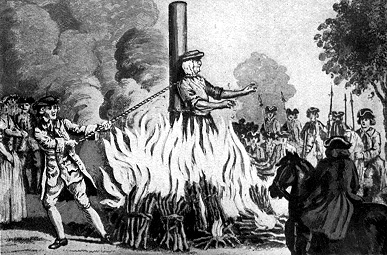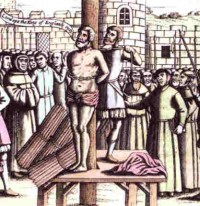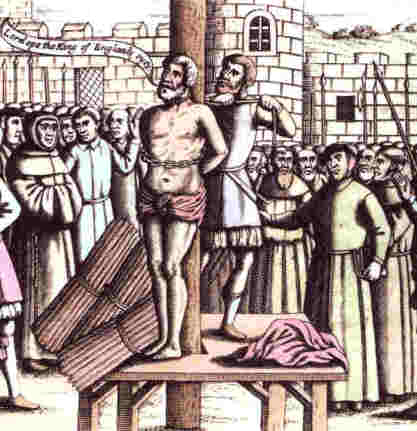
It is historically uncertain when, where, and how the first doctrinal statements were developed. But we do have some clues.
Scriptural Doctrinal Statements
It is likely that some of the first creeds are found in Scripture, in passages like Philippians 2:5-11, 1 Corinthians 15:3-6, and 1 Timothy 3:16. However, some believe that these were not exactly creeds, but were hymns. Furthermore, and I will return to this point later, these Scriptural statements are not exactly creedal confession of doctrine, but are summaries of stories about Jesus. They are narrative summaries; not doctrinal summaries.
Also, some like to point to the statement that came out of the Jerusalem council in Acts 15:23-29 as an early statement of belief. And while this statement from the church leaders is not a summary of the life of Jesus, it is not a doctrinal statement either. It is not a statement of beliefs, but a statement of behaviors. It is not telling Gentile Christians what they must believe, but rather, telling them what they must do.
Both of these points, that early statements were based primarily on the narrative of Scripture and the behavior of believers, will become critical later in this chapter for understanding how we as twenty-first century followers of Jesus can stand up for the truth without the damaging and destructive statements of doctrine that have divided Christianity for so long.
Church Doctrinal Statements
Once we get outside of Scripture, we see other doctrinal statements develop rather quickly as well. There are two statements that developed quite early, the Nicene Creed and the Apostles’ Creed. Some believe that the Nicene Creed was first, but I tend to believe that it was preceded by the Apostles’ Creed, even though the Apostles were probably not the ones who wrote it.











